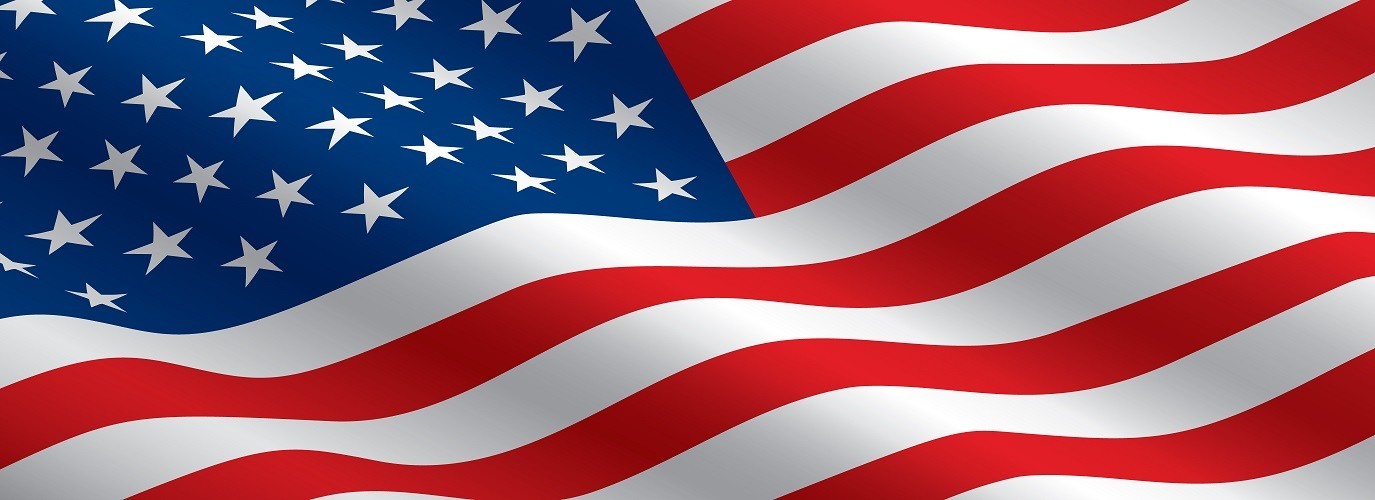Hats and Caps became very prominent in the United States during the Great Depression of the 1930s. Many farmers wore their hats to work, as it was a good way to keep their heads cool and stop them from sweating during long workdays in the summer months. In the early days of photography, higher quality photo paper had not yet been invented, so photographs were made on daguerreotypes or carte de visite images (cards). For these images, the simplest of hats was a wide-brimmed straw hat with a monocle attached on a ribbon. The brim was sometimes dyed yellow and called a "sunbonnet".
Hats are worn by a majority of men in informal settings, but they are also a part of formal attire in some parts of the world. Men's hats have become more common as men have adopted casual attire, especially at work. Men typically wear hats when undertaking work outdoors, such as fishing or hard labor. In these situations, their hats may be protective from the sun or rain, and the brim keeps them from being blown away. Many brands offer specific hats for such purposes that provide increased head coverage from rain and sun while still allowing viewing of the environment through their brim. Men's hats are also worn by some at formal events such as weddings and church services. In these situations, they may be a substitute for tiaras or other ornate headwear.
Military Hats and Caps
In ancient Roman culture, military hats were commonly used primarily as protection from sunstroke, rain (or in some cases, snow), and cold. They were also worn by those who worked in the fields to protect them from rain and sunstroke, to help prevent skin irritations, and to help provide shade for their faces on hot days. Wealthier women wore more ornate hats that were thought of as being part of their status. In modern times, hats have been used more as a fashion accessory by women.
Hats would be most often associated with the middle and upper classes of society (this was especially true in Victorian England). These hats often consisted of a wide-brimmed hat with a large ribbon on it that would be tied under the chin. For many years, hats have continued to be worn as a fashion accessory in the United States, even right up until World War II. It was during this time that many women began to believe the hat was only for ornamentation and not in any way protective or functional. Despite its height, the size of a hat's brim (the part that is laid flat against your head) is often misunderstood by men and women alike. On one hand, the brim can make it difficult to see over, making it look like you have a smaller head than you actually do. On the other hand, a wider brim allows more sunlight and rain to pass through, which helps to keep a person cooler. It may also simply be a matter of personal preference; many people prefer different types of brims on hats.




